The best trees to plant and buy for sensational autumn colour
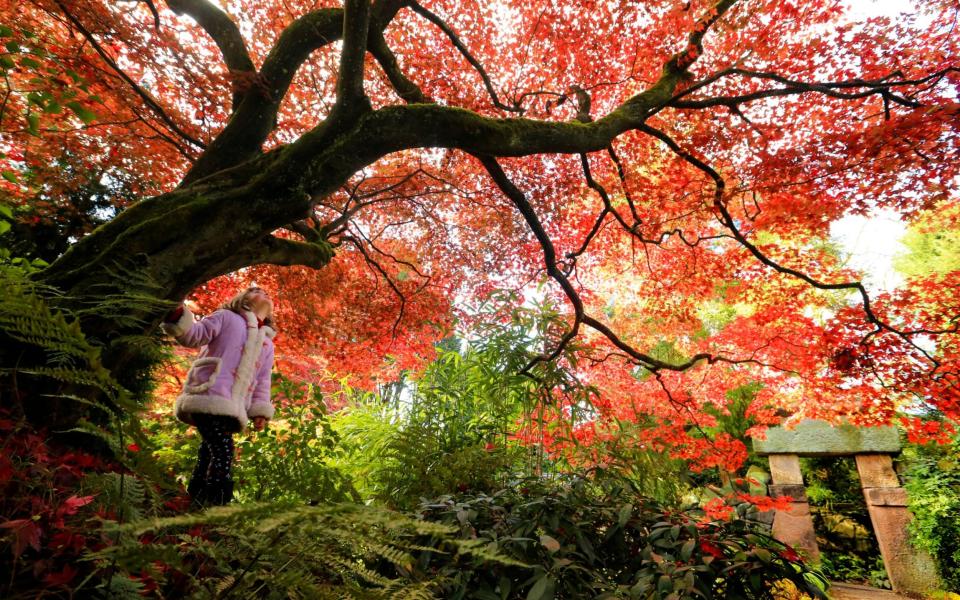
It can be easy for one to be envious walking around the parks as they turn from green to crimson, but it's easier than you think to create your own paradise in autumn, right behind your back door. Picking and choosing trees for mid-season colour is a job best done in August and September (if you're buying, that is).
The Japanese maple, for instance, is a group of small, deciduous trees, which are perfectly happy to grow in large containers in smaller gardens. Make sure to fill tubs with loam-based compost, such as John Innes No 2 and keep the soil moist.
A slow-release fertiliser or liquid feed is also a good idea in spring. Transplant Japanese maples into bigger tubs every year or so – April/September is the best time to do this.
Make sure to cover or wrap the pots in winter, as the roots can be susceptible to frost. Japanese maples thrive best in slightly acidic, well-drained loam.
This is easy to achieve in pots, however if you do not have this soil at home, they might be a little trickier to grow. Make sure to plant them in sheltered area, with some sun.
Common beech (Fagus sylvatica)
Perfect for…large gardens
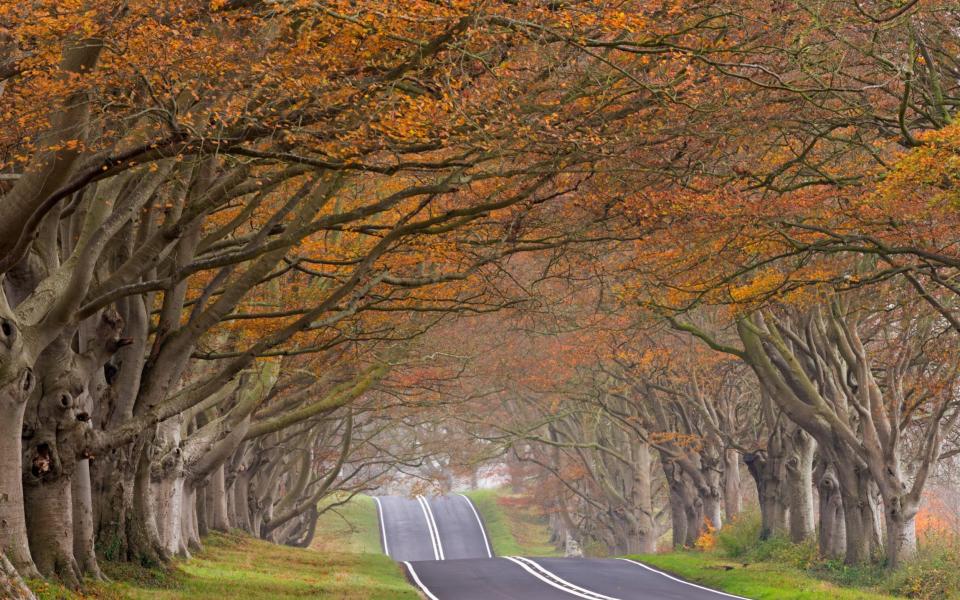
Beech trees can be grown in well-drained soil in sun or part shade. They are suited pretty much to any pH and soil type, and will therefore grow in most areas of the UK.
They do however grow extremely tall – so make sure you have enough room before you plant one.
Disanthus (Disanthus cercidifolius)
Perfect for…small gardens

Disanthus prefers more acidic soils, however will grow perfectly in sand, clay and loam. It grows to a maximum height of 2.5 metres, making it perfect for smaller gardens.
Similarly to common beech, disanthus is best grown in full sun or part shade. It will also need protection from strong winds and harsh winter frosts.
Ginkgo biloba 'Autumn Gold'
Perfect for…large gardens
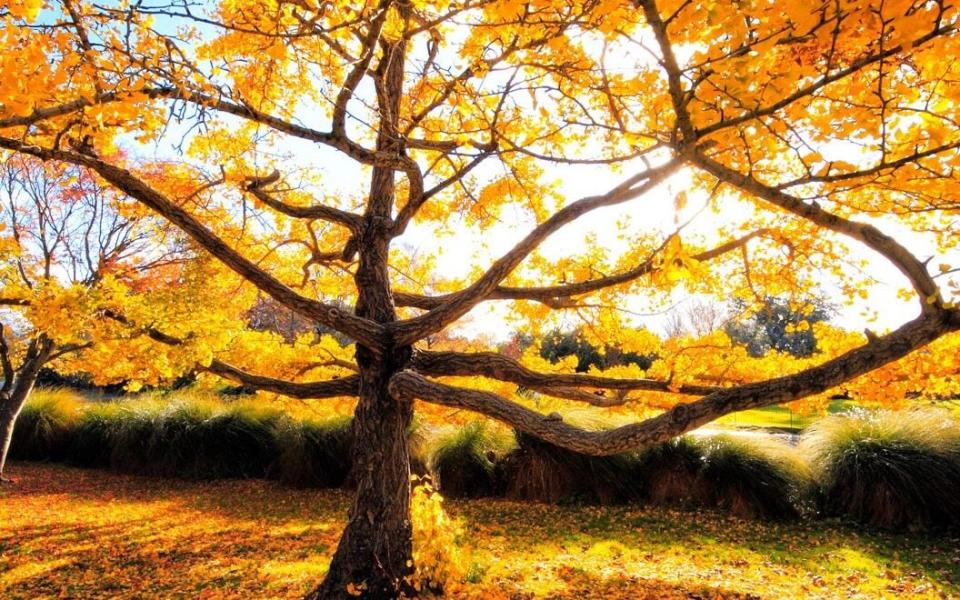
Ginkgo biloba trees are incredibly tall – growing to over 12 metres high – making them ideal for larger, sprawling gardens.
They are unfussy when it comes to soil type, but must be grow in well-drained conditions, in full sun. ‘Autumn Gold’ is particularly stunning in the autumn.
Tupelo (Nyssa sylvatica)
Perfect for…large gardens

Nyssa trees can grow beyond 12 metres, however have gorgeous orange colour throughout the autumn.
They are not suited to alkaline soils and will grow in moist, fertile ground, with shelter from the wind.
Japanese mahonia (Mahonia japonica)
Perfect for…small gardens
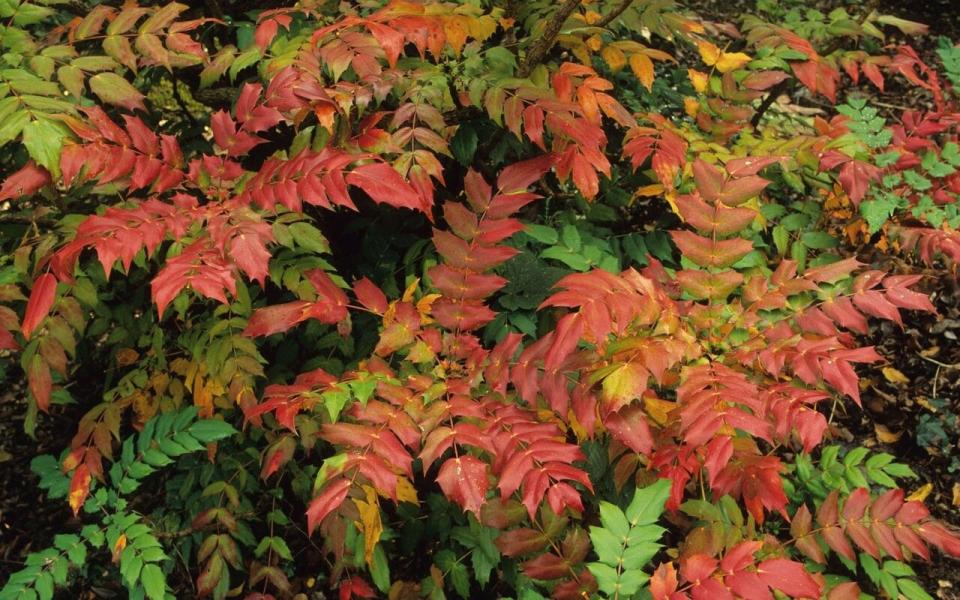
More of a shrub than a tree, Mahonias only grow to 1.5 metres, and are therefore perfect for smaller gardens.
They tolerate all types of soil, however require well-drained conditions in shade. Throughout the autumn they have pretty flowers and beautifully coloured foliage.
Spindle (Euonymus europaeus)
Perfect for…medium sized gardens
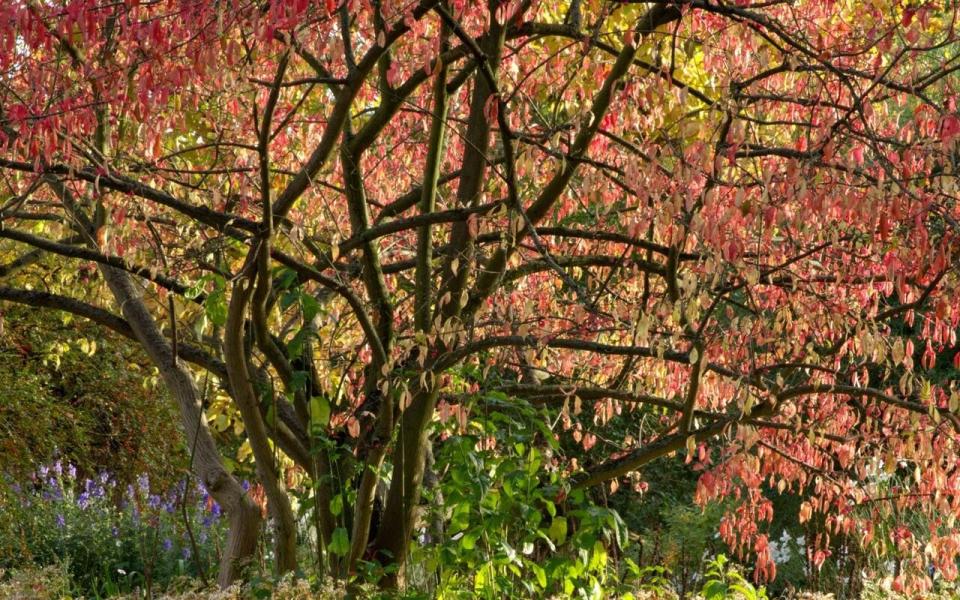
Spindle trees have extremely pretty yellow/red coloured foliage and gorgeous red fruits which split during autumn.
They grow ultimately to 4 metres and will happily grow in any type of soil – but well-drained conditions and sun or partial shade is vital.

